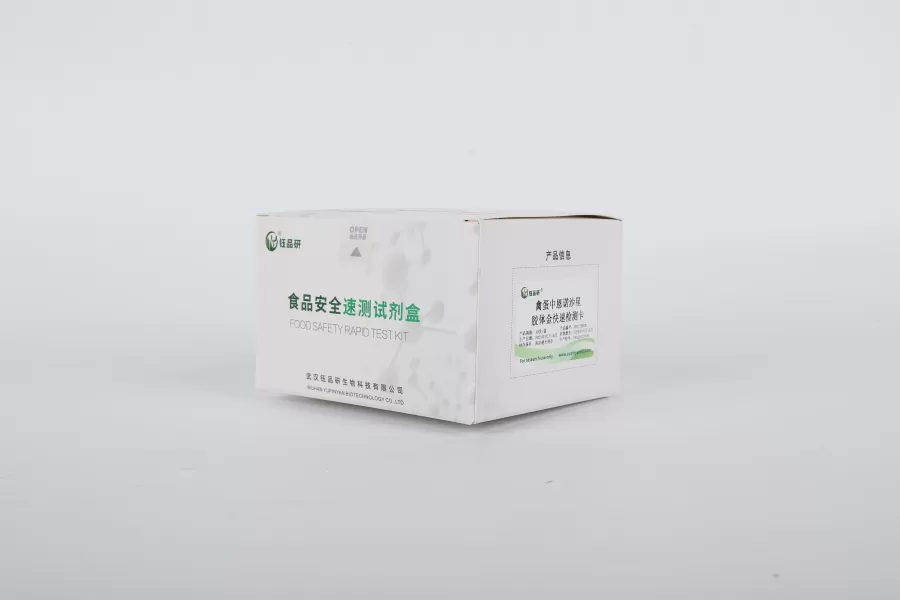As an important source of high-quality protein in the daily diet of residents in our country, the quality and safety of poultry eggs are directly related to public health. In recent years, with the improvement of standardization requirements for the use of medicinal chemicals in the breeding process, the possible residues of antibiotics, hormones and other problems in poultry eggs still need to be paid attention to. Traditional methods for detecting drug residues in poultry eggs rely on instrument analysis in large laboratories, such as high-performance liquid chromatography, gas chromatography, etc. Although the detection accuracy is high, there are generally pain points such as time-consuming (taking hours to days), expensive equipment costs, and complicated operations, which are difficult to meet the needs of the market for rapid screening.
In this context, colloidal gold immunochromatography technology has gradually become an ideal choice for on-site detection of poultry egg drug residues due to its "fast, accurate and portable" advantages. The colloidal gold rapid detection scheme uses the principle of antigen-antibody specific binding to fix the colloidal gold-labeled antibody on the test strip. When the target substance (such as residual drug) in the sample binds to the antibody on the test strip, a visible color-developing strip will be formed. The presence or depth of the strip can determine whether there are drug residues and residues.
The core breakthrough of the colloidal gold rapid detection kit applied in this practice is to increase the detection sensitivity to 0.1ppb (that is, one billionth of a gram/ml). This sensitivity means that even if the concentration of residual drugs in poultry eggs is extremely low, it can be accurately identified. For example, our country's "National Food Safety Standard, Eggs and Egg Products" stipulates that the maximum residue limit of enrofloxacin in poultry eggs is 100 ppb, and this scheme can detect residues 1000 times lower than the national standard, effectively avoiding the entry of "micro-excessive" products into the market.

From a practical point of view, the advantages of this scheme are significant: the whole process of detection only takes 10-15 minutes, and it can be operated without professional training. The grass-roots supervisors and self-inspection personnel of breeding enterprises can quickly get started; the visual colorimetric or colloidal gold reading instrument is used to assist interpretation, and the results are intuitive and reproducible. The cost of a single detection is less than 1/10 of that of traditional instruments, and it is suitable for large-scale batch screening. The test strip can be stored at room temperature without complex cold chain, which further reduces the threshold for use.
In practical application scenarios, the scheme has been implemented in many farms, farmers markets, and food processing enterprises. For example, through the promotion of the colloidal gold quick inspection program in the laying chicken farm, a certain region has realized the "entry must be inspected, batch must be inspected" before the laying hens are slaughtered, the detection rate of drug residues has increased by 30%, and the blocking rate of unqualified eggs has reached 100%; in the sampling inspection of the farmers market, through rapid screening, the initial screening of 50 batches of poultry eggs can be completed within 2 hours, which greatly shortens the traceability time of the problem product.
The practice of the colloidal gold quick inspection program for poultry eggs not only provides a "quick response" tool for food safety supervision, but also implements the food safety concept of "control from the source and prevention and control from the details" through the high sensitivity of 0.1ppb. In the future, with the continuous optimization of technology, colloidal gold fast inspection technology is expected to play an important role in the safety inspection of more food categories, providing strong support for the construction of a full chain of food safety defense lines "from farmland to table".

